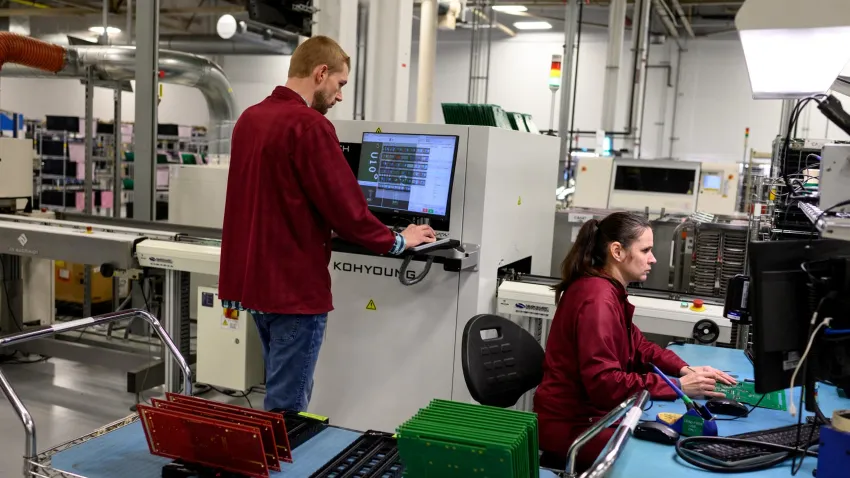In a robust display of the U.S. economic strength, job growth surged unexpectedly in January, reinforcing the stability of the U.S. labor market and its potential to drive broader economic growth.
The Bureau of Labor Statistics reported a substantial increase of 353,000 nonfarm payrolls for the month, surpassing the Dow Jones estimate of 185,000. The unemployment rate remained at 3.7%, defying the 3.8% estimate.
Wage growth mirrored the positive trend, with average hourly earnings experiencing a 0.6% increase, double the monthly estimate. On a year-over-year basis, wages saw a notable jump of 4.5%, surpassing the forecasted 4.1%.
Despite a decline in average hours worked to 34.1 for the month, the strong wage gains signaled resilience in the labor market.
Job growth spanned various sectors, with professional and business services leading with 74,000 jobs. Other significant contributors included health care (70,000), retail trade (45,000), government (36,000), social assistance (30,000), and manufacturing (23,000).
The report also revealed upward revisions for December’s job gains, now standing at 333,000, an upward revision of 117,000 from the initial estimate. November was also revised up to 182,000, indicating a positive trend.
While showcasing the U.S. economy’s resilience, the report may prompt considerations about the timing of potential Federal Reserve interest rate adjustments. The strong job gains and faster-than-expected wage increases could delay rate cuts for 2024.
Futures markets reacted to the report, with an over 80% likelihood that the Fed will not cut interest rates at its March meeting. Stocks showed mixed results, with the Dow Jones dropping initially, while the S&P 500 and Nasdaq both turned positive. Treasury yields experienced a surge.
As economists and policymakers closely monitor employment figures for insights into the broader economy, the strong job growth in January adds a positive layer to economic expectations.
However, the complexity of the economic landscape, including inflation dynamics and the Fed’s monetary policy, remains a challenge to navigate. The intricate balance between economic growth, employment trends, and inflation will likely influence future Fed decisions on interest rates.








